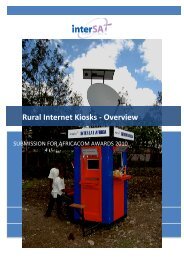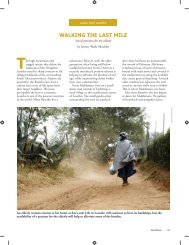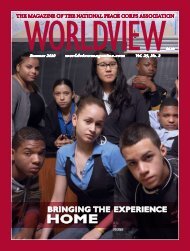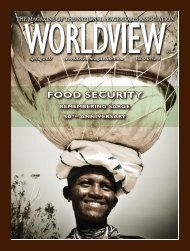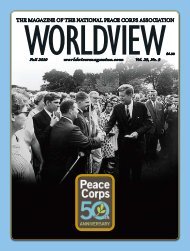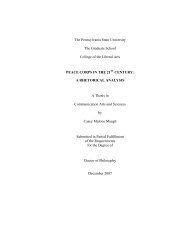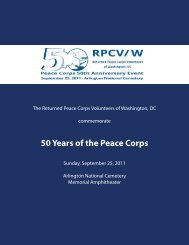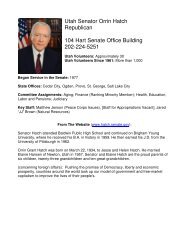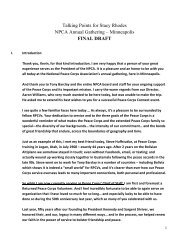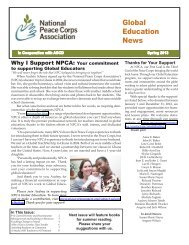Group Education Manual - Peace Corps Wiki
Group Education Manual - Peace Corps Wiki
Group Education Manual - Peace Corps Wiki
You also want an ePaper? Increase the reach of your titles
YUMPU automatically turns print PDFs into web optimized ePapers that Google loves.
ObjectivesAudience1.4 Persons and ThingsTimeMaterialsFacilitator’snotesSteps1. To increase awareness about the existence of power in relationships and itsimpact on individuals and relationshipsAge: Youth or adults; Sex: Men or mixed groups; Literacy: Any level;Resources: Low45 to 60 minutesNoneSome of the participants might not feel comfortable with the role play in thisactivity. It is important to be sensitive to how participants react to being assignedthe role of “persons” or “things” and to be prepared to make the necessaryaccommodations. For example, rather than have the participants actually carryout the role play, the facilitator might invite the participants to discuss in pairshow “persons” might treat “things” and the feelings that this might generate forthe “persons” and “things.” The facilitator should also be prepared to makereferrals to counseling or other services for those participants who might beespecially affected by the activity.1. Divide the participants into three groups. Each group should have the samenumber of participants. (Note: If the number of participants does not allowfor an even distribution, assign the “extra” participants to the third groupwhich, as described below, will be the observers.)2. Tell the participants that the name of this activity is: Persons and Things.Choose, at random, one group to be the “things,” another to be “persons,”and a third to be “observers.”3. Read the following directions to the group:a) THINGS: You cannot think, feel, or make decisions. You have to do whatthe “persons” tell you to do. If you want to move or do something, you haveto ask the person for permission.b) PERSONS: You can think, feel, and make decisions. Furthermore, youcan tell the objects what to do.c) OBSERVERS: You just observe everything that happens in silence.4. Assign each “person” a “thing” and tell them that they can do what they wantwith them (within the space of the room).5. Give the group five minutes for the “people” and “things” to carry out theirdesignated roles.6. After five minutes, tell the persons and things that they will switch and thatnow the “persons” will be “things” and “things” will be ”persons.” Give themanother five minutes to carry out the new roles.7. Finally, ask the groups to go back to their places in the room and use thequestions below to facilitate a discussion.? How did your “persons” treat you? What did you feel? Did you feelpowerless? Why or why not?? How did you treat your “things”? How did it feel to treat someone this way?Did it make you feel powerful? Why or why not?? Why did the “things” obey the instructions given by the “persons”?? Were there “things” or “persons” who resisted the exercise?21




